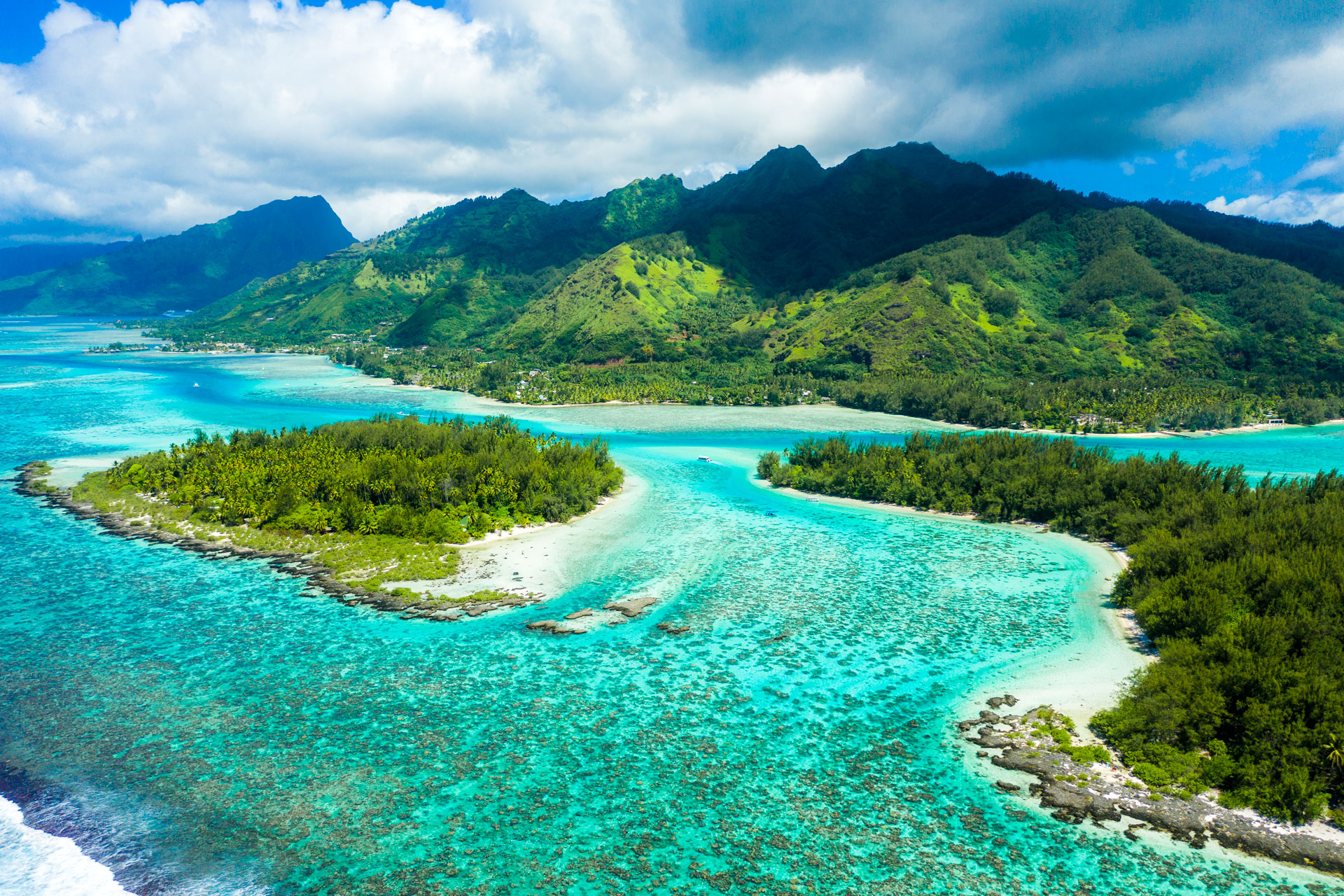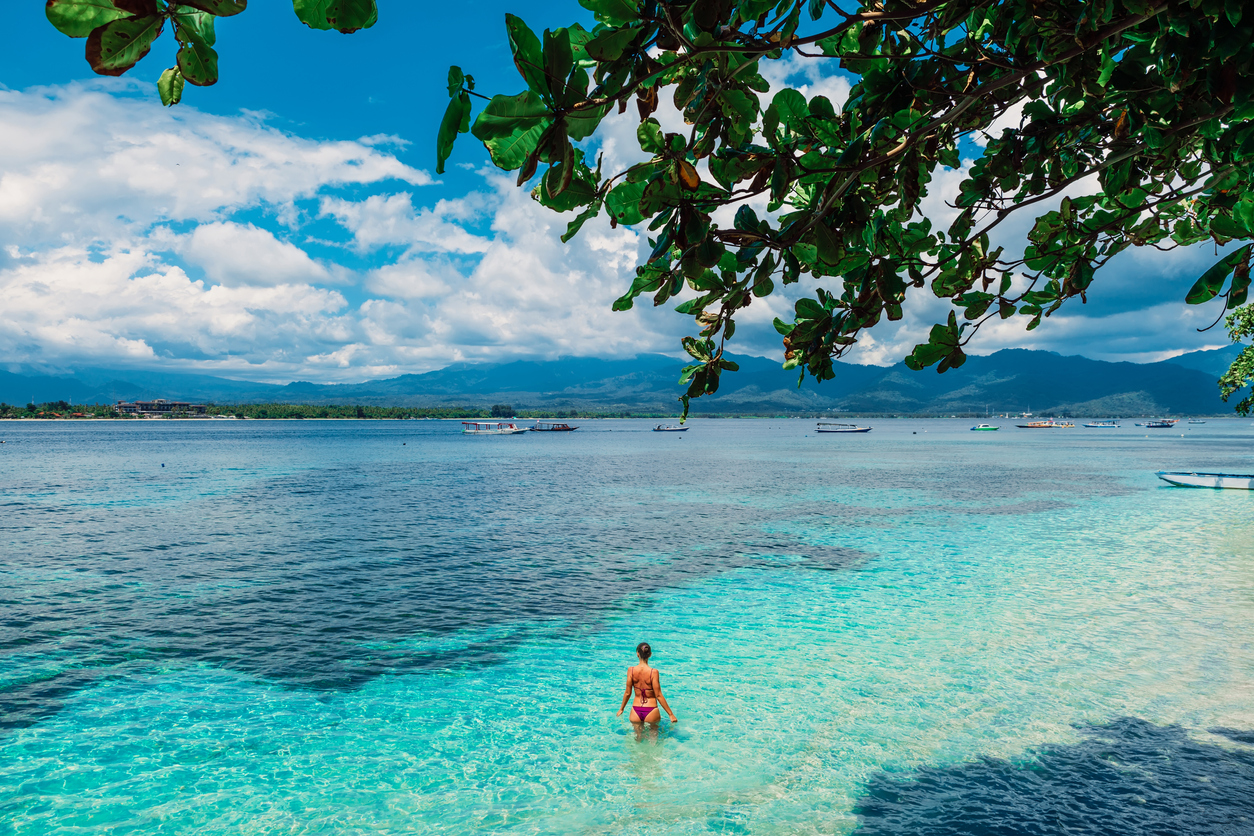Historical and Cultural Significance
:max_bytes(150000):strip_icc()/aerial-shot-of-cruz-bay-st-john-in-us-virgin-islands-165581255-58dea04e3df78c5162cf9584.jpg)
The Windward Islands possess a rich and diverse history, shaped by the interactions of indigenous populations, European colonizers, and the transatlantic slave trade. The islands were first inhabited by indigenous peoples, including the Caribs and Arawaks. European colonization began in the 16th century, with Spain establishing settlements on many of the islands. The islands were subsequently colonized by the French, Dutch, and British, each leaving a lasting imprint on the region’s culture and society.
Di Windward Islands dem be some pretty islands, but dem can also be a bit dangerous. Hurricane Beryl hit Florida hard in 2018, and it also caused some damage to the Windward Islands. Di hurricane winds and rain were so strong that dem knock down trees and power lines, and dem even flood some areas.
But di people of di Windward Islands dem strong, and dem always come together to help each other out after a storm.
The slave trade played a significant role in the history of the Windward Islands. African slaves were brought to the islands to work on plantations, and their descendants make up a significant portion of the population today. The legacy of slavery is still visible in the islands’ social and economic structures.
The Windward Islands, a group of islands in the Caribbean Sea, are often affected by tropical storms. To track the path of these storms, meteorologists use spaghetti models, which are computer simulations that show the possible paths a storm could take.
For the latest spaghetti models for Tropical Storm Beryl, click here. The Windward Islands should monitor the progress of Tropical Storm Beryl closely and be prepared to take action if necessary.
Cultural Diversity, Windward islands
The Windward Islands are a melting pot of cultures, with each island boasting unique traditions and practices. The islands have a strong musical tradition, with calypso, reggae, and soca being popular genres. The islands are also home to a variety of religious traditions, including Christianity, Islam, and Hinduism.
| Event | Date | Influence |
|---|---|---|
| Arrival of indigenous peoples | Pre-Columbian era | Established the foundation of the islands’ cultural heritage |
| European colonization | 16th century | Introduced European languages, religions, and political systems |
| Slave trade | 16th-19th centuries | Brought African slaves to the islands, shaping the region’s demographics and culture |
| Abolition of slavery | 19th century | Led to the emancipation of enslaved Africans and the development of new social and economic structures |
| Independence movements | 20th century | Resulted in the independence of many Windward Islands from colonial rule |
Geography and Environment: Windward Islands

The Windward Islands are a group of islands located in the eastern Caribbean Sea. They are part of the Lesser Antilles and lie between the Caribbean Sea and the Atlantic Ocean. The islands are characterized by their mountainous terrain, lush rainforests, and coral reefs.
The Windward Islands are divided into two groups: the northern group and the southern group. The northern group includes the islands of Dominica, Martinique, Guadeloupe, Antigua and Barbuda, and Saint Kitts and Nevis. The southern group includes the islands of Saint Lucia, Barbados, Saint Vincent and the Grenadines, and Grenada.
Major Islands of the Windward Islands
- Dominica: Known for its lush rainforests, waterfalls, and volcanic landscapes.
- Martinique: A French overseas department with a diverse landscape including rainforests, beaches, and mountains.
- Guadeloupe: Also a French overseas department, consisting of two main islands, Basse-Terre and Grande-Terre, with contrasting landscapes.
- Antigua and Barbuda: Comprises two islands, Antigua with rolling hills and white-sand beaches, and Barbuda with a large lagoon and frigate bird sanctuary.
- Saint Kitts and Nevis: Two islands connected by a narrow channel, with lush vegetation and volcanic peaks.
- Saint Lucia: Famous for its twin peaks, the Pitons, and its beautiful beaches and rainforests.
- Barbados: The easternmost island of the Caribbean, known for its white-sand beaches, coral reefs, and sugarcane plantations.
- Saint Vincent and the Grenadines: A chain of islands with lush rainforests, active volcanoes, and stunning beaches.
- Grenada: The southernmost island of the Windward Islands, with a mountainous interior, spice plantations, and pristine beaches.
Diverse Ecosystems
The Windward Islands are home to a diverse range of ecosystems, including rainforests, coral reefs, and volcanic landscapes. The rainforests are home to a variety of plant and animal species, including monkeys, parrots, and snakes. The coral reefs are home to a variety of marine life, including fish, turtles, and dolphins. The volcanic landscapes are home to a variety of plants and animals that have adapted to the harsh conditions.
Tourism and Economic Development

The Windward Islands’ tourism industry plays a pivotal role in the region’s economic growth and development. The islands boast an array of pristine beaches, lush rainforests, and vibrant coral reefs, attracting tourists seeking relaxation, adventure, and cultural immersion. Key attractions include:
– Beaches: The Windward Islands are renowned for their white-sand beaches, crystal-clear waters, and gentle slopes, perfect for swimming, sunbathing, and water sports.
– Rainforests: The lush rainforests of Dominica, Saint Lucia, and Grenada offer opportunities for hiking, birdwatching, and exploring hidden waterfalls and natural pools.
– Coral Reefs: The Windward Islands are home to some of the Caribbean’s most vibrant coral reefs, teeming with colorful marine life and providing excellent snorkeling and diving experiences.
Target markets for tourism in the Windward Islands include:
– Adventure seekers: Tourists seeking active vacations can enjoy hiking, zip-lining, and kayaking in the region’s rainforests and coastal areas.
– Nature enthusiasts: The Windward Islands’ diverse flora and fauna attract tourists interested in wildlife viewing and birdwatching.
– Beachgoers: The islands’ pristine beaches and clear waters cater to tourists seeking relaxation and sunbathing.
– Culture enthusiasts: The Windward Islands offer a rich cultural heritage, with festivals, traditional music, and historical sites that appeal to tourists seeking authentic Caribbean experiences.